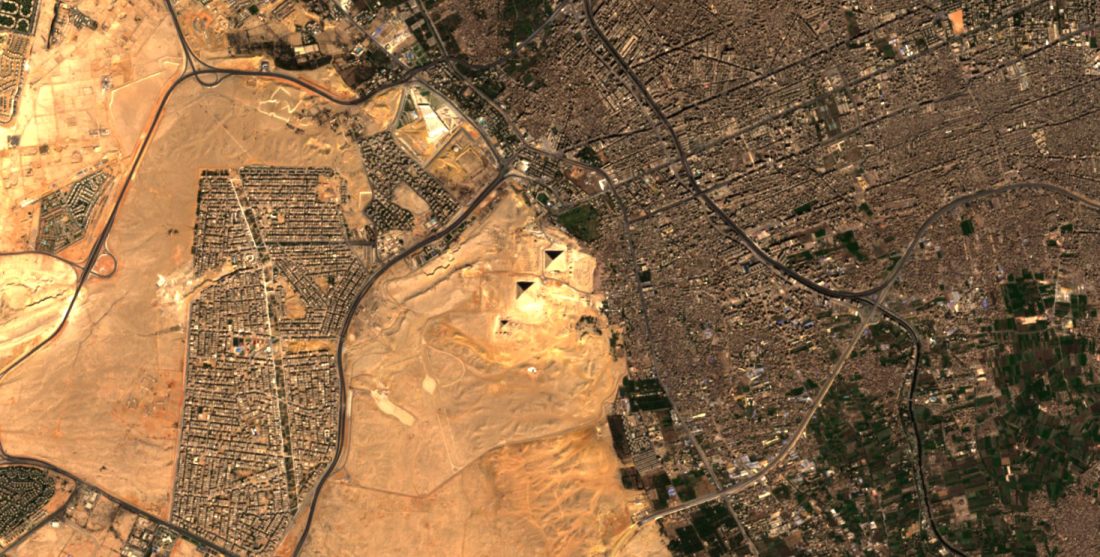The pandemic stroke particularly hard on cultural heritage, with the collapse in tourism revenues, increased vulnerability of sites to looting, suspension of rehabilitation, conservation and archaeological exploration works. Geo-hazards, extreme events and expected climate change consequences are pending threats to be taken into account.
This led organisations to rethinking their models for protecting heritage sites in the future.
A number of studies have already demonstrated a variety of potential uses of data from satellites when looking at cultural heritage. Sentinels and Copernicus contributing missions, in combination with cutting edge technologies such as artificial intelligence (AI) and machine learning (ML) are paving the way for an ever increasing role of EO in the sector.
Hence cultural and natural heritage will be one of the themes on stage at next year’s Living Planet Symposium, one of the largest events worldwide dedicated to Earth observation.
You are invited to submit an abstract (deadline 26 November 2021) to gain the opportunity to be a speaker in the dedicated session at the symposium.
The session aspires to provide a forum to discuss how satellite data and infrastructure are enablers for technological innovation and tailored solutions to address specific user needs.
Find here below the summary description of the dedicated scientific session to address:
The Living Planet Symposia bring together scientists and researchers from all over the world to present and discuss the latest findings on Earth science and advances in Earth observation technologies. Moreover, these extraordinary events also offer unique forums for decision-makers to be better equipped with information, for partnerships to be forged and formalised, for space industries to join the conversation, for students to learn, and for all to explore the concepts of New Space such as the digital transformation and commercialisation.
Featured image : Giza Pyramid complex, Egypt. Contains modified Copernicus Sentinel data (2021), processed by ESA, CC BY-SA 3.0 IGO

